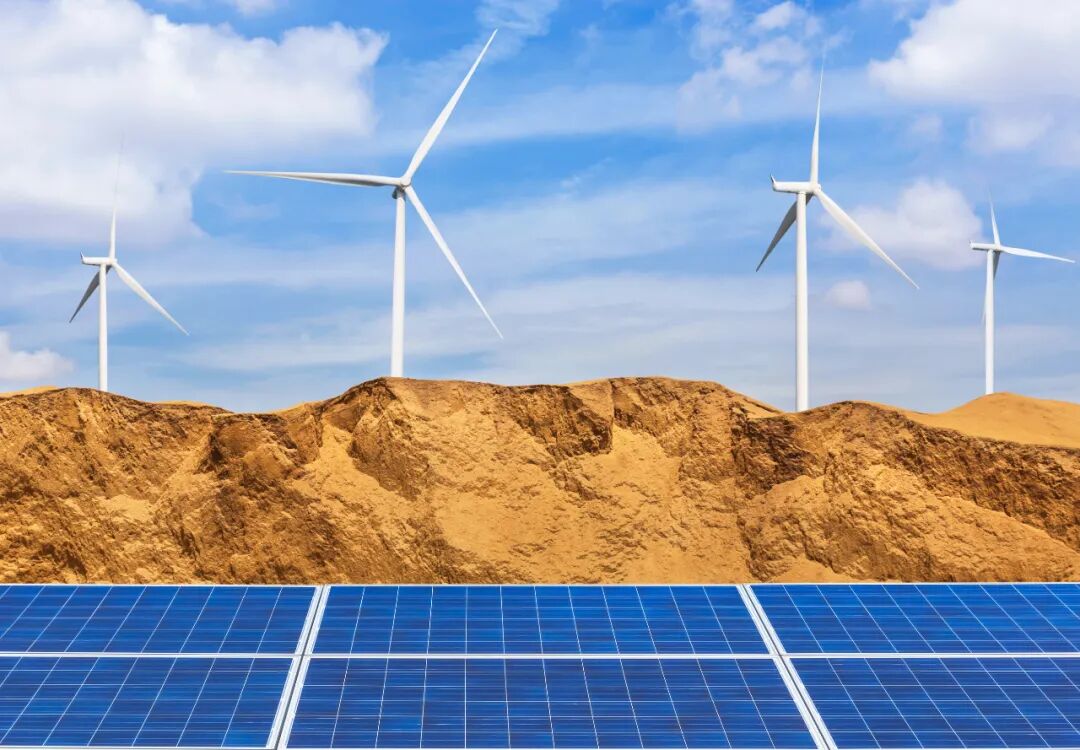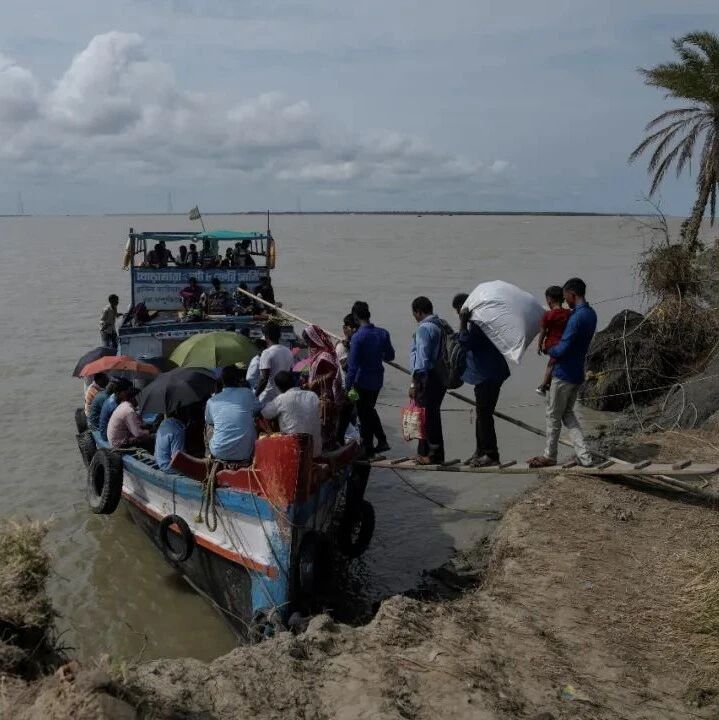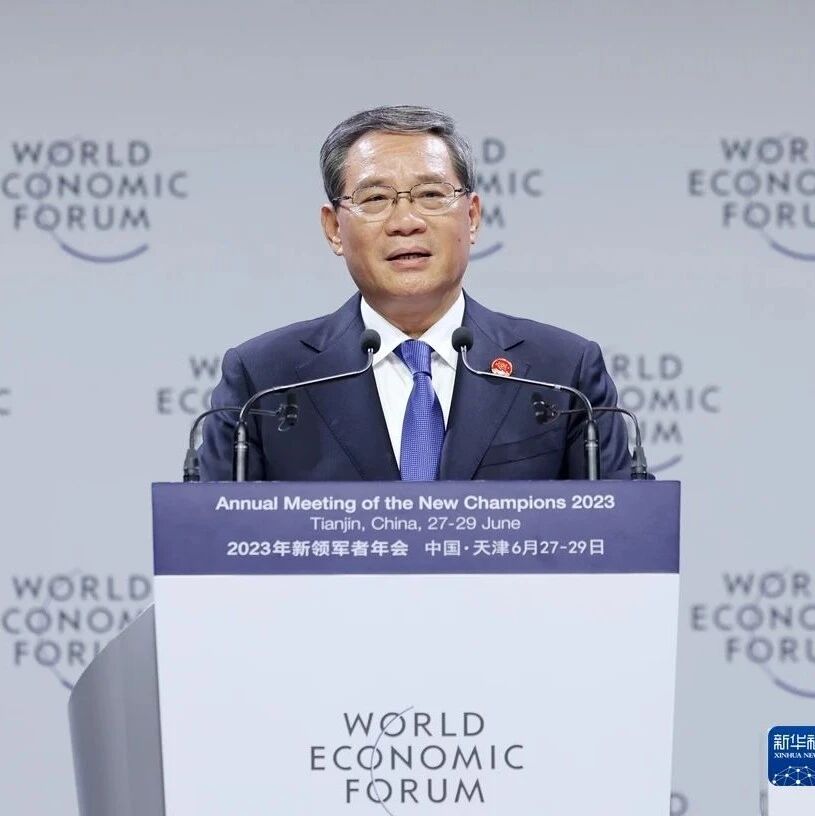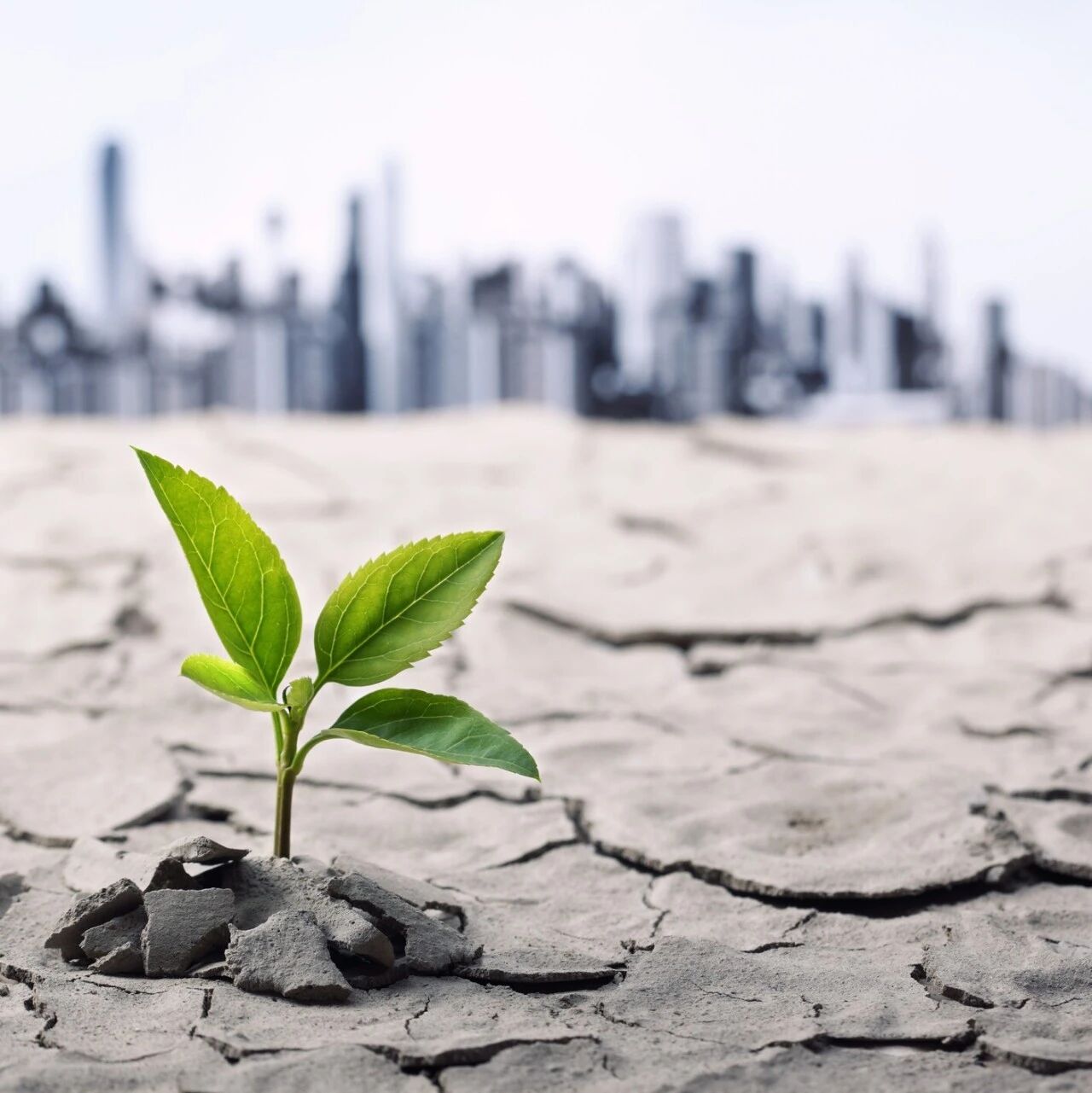

Diversified power generation infrastructure helps meet the growing demand for electricity.
Image source: Getty Images/iStockphoto
Andrés Gluski
CEO of the AES Group
Christian Bruch
President and CEO of Siemens Energy
No single technology can meet the growing demand for electricity—instead, a diversified energy mix will be essential in the future.
Optimizing existing energy infrastructure is crucial for meeting growing demand and accelerating the transition to renewable energy.
Reducing financing costs, securing long-term contracts, and ensuring policy stability are key to scaling up investment in clean energy technologies.
As industries grow, cities expand, and sectors like transportation, manufacturing, and heating increasingly shift toward electrification, electricity is becoming the backbone of the modern economy.
According to the International Energy Agency (IEA), emerging markets will drive 85% of the growth in electricity demand by 2040, as rising living standards and industrial development fuel consumption.
This creates both opportunities and challenges: How can we rapidly scale up power generation and distribution while ensuring reliability, affordability, and sustainability?
More importantly, do today's electricity demand forecasts differ significantly from those made a decade ago? To answer these questions, we need to adopt a pragmatic and flexible approach—integrating existing infrastructure with scalable clean-energy technologies.
System-wide and technology-agnostic
No single technology can simultaneously meet growing electricity demands while ensuring energy security. We need to adopt a combination of solutions to guarantee a stable and reliable power supply, such as renewable energy sources, conventional power plants, energy storage systems, and modernized grid infrastructure.
Moreover, geopolitical competition over energy security—particularly in the realm of the digital economy—underscores the critical importance of building power systems that are both resilient and adaptable.
As artificial intelligence and automation rapidly advance, we must accelerate infrastructure development, since energy planning often struggles to keep pace with technological progress.
The fourth element: Usability
Traditionally, energy infrastructure has revolved around three key elements: sustainability, affordability, and reliability.
But today, "availability" is emerging as the fourth decisive factor. For rapidly evolving industries like data centers, quickly accessing next-generation power generation capabilities carries a distinct value.
It is essential to develop infrastructure and regulatory frameworks that keep pace with the growing demand.
Maximizing the use of existing infrastructure, optimizing current energy systems in the short term is the quickest and most cost-effective way to enhance security and reliability. Key measures include:
Grid Modernization and Expansion:More than 400,000 kilometers of transmission networks need upgrading or new construction to alleviate bottleneck issues. Currently, nearly 3 terawatts of renewable energy projects are being delayed due to grid limitations.
Flexible Power Generation:Gas-fired power plants will continue to play a critical role in maintaining grid stability, particularly in regions with higher penetration of renewable energy sources. Optimizing existing plants and carefully planning new ones can enhance the reliability of the energy system while keeping costs under control.
Increased Efficiency:Enhancing efficiency through industrial process optimization, smart grids, and energy-saving technologies is a crucial approach to ensuring the long-term stability of the system.
Scaling up renewable energy and energy storage capacities
In the medium term, it will be essential to scale up renewable energy sources to meet rapidly growing electricity demand. Mature technologies like wind and solar power are critical for building a resilient power supply—but integrating these systems into the grid will require addressing key challenges:
Overall system cost:Although renewable energy sources have lower generation costs, their volatility leads to systemic expenses related to energy storage, transmission, and grid balancing. Any approach must aim to minimize overall costs—not just focus on the levelized cost of electricity.
Energy storage deployment:Short-term and long-term energy storage are key to managing the intermittency of renewable energy sources. Energy storage also helps optimize the use of power grids and gas-fired plants. To transition toward a renewable energy future, we need to significantly increase investment in energy storage solutions.
Efficiency and Demand-Side Management:Reducing unnecessary consumption through smarter energy use can effectively curb the demand for new power-generation capacity. Efficiency must become a central pillar of the energy transition.
A balanced energy mix
In the long term, beyond 2030, the combination of mature and emerging technologies will help ensure a stable, low-carbon electricity supply.
Nuclear energy:Nuclear energy remains a reliable baseload power source and is expected to account for about 10% of global electricity generation. Large-scale and small modular reactor projects are currently under development worldwide. Despite higher costs, nuclear power continues to be a crucial option for building a diverse and stable energy mix.
The role of energy storage:There is an urgent need to scale up battery energy storage to ensure future energy security. The International Energy Agency reports that battery deployments in the power sector more than quadrupled in 2023, with global additions reaching 42 gigawatts. To meet the 2030 targets, global energy storage capacity must increase sixfold.
Strategic Innovation:Emerging technologies such as advanced geothermal energy, long-duration energy storage, and carbon capture must be developed in tandem with existing solutions to ensure long-term sustainability and stability.
Investment Transformation
Rapid deployment requires reducing capital costs. In 2024 alone, global energy infrastructure investment exceeded $3 trillion, with two-thirds flowing into clean technologies. To further scale up investments, it’s essential to focus on these three key areas:
Reduce financing costs:Stable policies, faster approval processes, and shared investment risks can make energy projects more affordable.
Enhancing project profitability:Long-term contracts, such as power purchase agreements and capacity payments, can ensure stable revenue for power suppliers.
Comprehensive Infrastructure Planning:Coordinating power generation, transmission, energy storage, and demand management helps prevent resource waste and idleness. Grid investments must keep pace with the growth of renewable energy to ensure seamless integration.
Pragmatic action
Economic electrification is one of the most significant transformations of our time. The industry must deliver scalable solutions, governments need to ensure a stable regulatory framework, and financial institutions must effectively mobilize capital.
A well-structured energy transition is not only an environmental necessity but also a strategic opportunity to build a global energy system that is more resilient, affordable, and secure.
To achieve this future, we must adopt a pragmatic and systematic approach.

The above content solely represents the author's personal views.This article is translated from the World Economic Forum's Agenda blog; the Chinese version is for reference purposes only.Feel free to share this in your WeChat Moments; please leave a comment at the end of the post or on our official account if you’d like to republish.
Translated by: Di Chenjing | Edited by: Wang Can
The World Economic Forum is an independent and neutral platform dedicated to bringing together diverse perspectives to discuss critical global, regional, and industry-specific issues.
Follow us on Weibo, WeChat Video Channels, Douyin, and Xiaohongshu!
"World Economic Forum"


